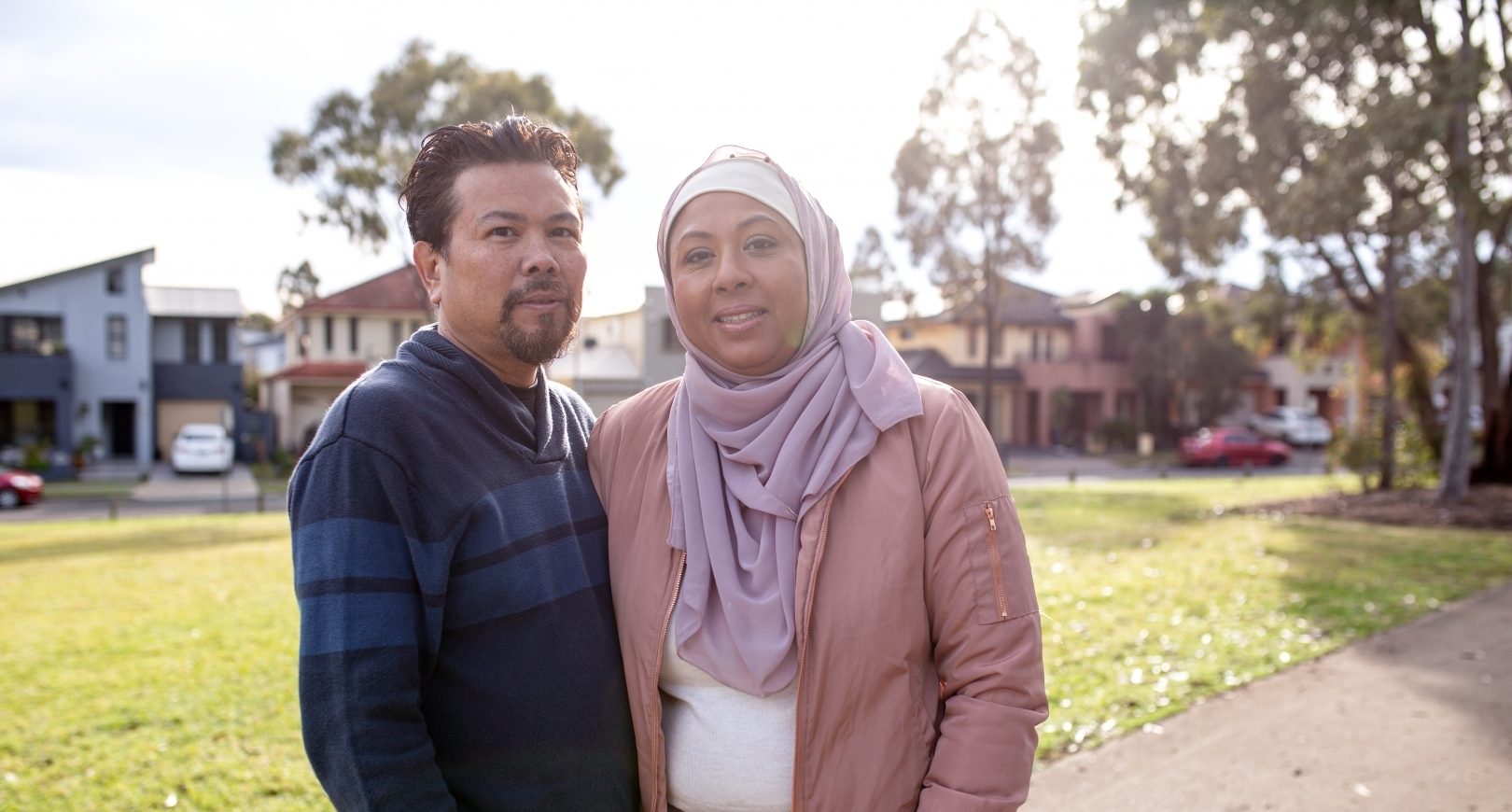There’s no doubt that we are at a tipping point when it comes to digitisation. COVID-19 served to accelerate innovation, with consumers now expecting a digital-first approach.
But while the mainstream and our savvy digital natives are embracing new technology, we cannot leave a major sector of our community behind: our vulnerable. This article was inspired by a recent podcast conversation on this topic with prominent tech leaders in the health sector: the concepts apply to any provider of complex services.
Who are our vulnerable consumers?
This isn’t a straightforward concept. As discussed in the podcast, in a health setting, almost anyone coming into a hospital is likely to feel vulnerable.
As digital health leader Richard Taggart explained: “It [vulnerability] is completely contextual. Any single person from any background can be vulnerable depending on the context they find themselves in.”
This isn’t a tick-in-the-box exercise: vulnerable consumers may not identify as such, and vulnerability can be fleeting, temporary or permanent. Vulnerability may be caused by a host of reasons, ranging from age, rural or remote location, developmental, physical, personal, or socio-economic challenges, being from an Indigenous or culturally and linguistically diverse (CALD) background, to the heartbreaking situations that people and families can find themselves in unexpectedly.
Some organisations by their very nature are constantly dealing with vulnerable people. We’ve spoken with or worked with those that support domestic violence victims, veterans and their families, families dealing with childhood cancer, people needing urgent sexual health treatment, and many more.
Coming from Central West Queensland, I often reflect on the challenges faced by rural communities. Imagine something as simple as needing to go to a doctor’s appointment. For us metro folk it’s a quick trip, but for a rural consumer it can be overwhelming: two days drive and a night’s accommodation.
The challenges facing vulnerable communities can make it difficult to access and embrace the benefits of digital technology. This in turn can limit access to vital information and vital services – from health, to education, to financial support and beyond.
How can digital make a difference?
To genuinely make a difference, we can start by engaging with these communities, listening, sharing information and bringing them into a co-design process. Breaking down the barriers of mistrust is an important first step.
It is essential to innovate and design digital solutions from the heart, considering the unique needs of these communities. ‘Building for everybody’ is how Richard Taggart put it, along with the need to check assumptions in the field to see how technology is actually being used in the real world. One simple concept is to design digital solutions with kindness:
Each vulnerable community has unique needs and challenges that must be addressed with empathy and understanding. Providing multi-lingual support, culturally informed care, accessibility and simple-to-use technology helps to bridge the gap and ensure that everyone has access to the same services and support, reducing stress and anxiety. Christina Igasto from Western Sydney Local Health District also pointed out that fallback plans are also needed for those who are not technology literate.
In short, digital solutions must fully represent and cater to the diversity of the consumers you serve.
A look to the future
There is nothing like a pandemic to accelerate innovation. The COVID-19 legacy is two-fold. First, consumers now expect to use their smartphone to engage with services – who would have ever thought that QR codes would rise from the ashes!
Second, for those of us who were creating digital solutions to support the pandemic response, we learnt what the human spirit can achieve under pressure. We adapted, thrived and achieved things we wouldn’t previously have thought possible. At times, it felt like a military operation. People survived on adrenalin, delivering the impossible in never seen before timeframes. I will be forever grateful for the commitment of the Five Faces team and will never forget the responsibility and belief entrusted to us to support the people on the frontline, genuinely invested in making a difference during the pandemic, sacrificing their own wellbeing, sleep and precious time with families, always putting others before themselves.
While we don’t want to return to the pressures of that situation, we do need to retain the drive to innovate, now that digital has become critical infrastructure. I often think we need to view the world more like our children. They are far more technology savvy and digitally brave than we are. They accept and include people from all walks of life regardless of differences. And they have a strong sense of fairness and inclusion!
By working together and embracing vulnerable consumers in our digital projects, we can create a world where digital transformation doesn’t leave people behind, and everyone can access the essential services they need.
Watch the podcast: Supporting vulnerable communities through technology – from Talking Healthtech



